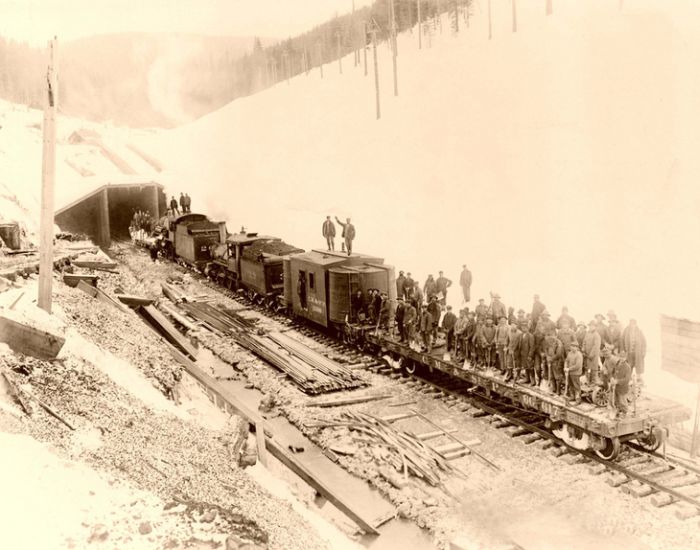|
|
History: Rail Transportation In The United States
|
Despite the difficulties outside the systems mentioned, U.S. railroads still carried 750 billion ton-miles by 1975 which doubled to 1.5 trillion ton-miles in 2005. In the 1950s, the U.S. and Europe moved roughly the same percentage of freight by rail; but, by 2000, the share of U.S. rail freight was 38% while in Europe only 8% of freight traveled by rail. In 1997, while U.S. trains moved 2,165 billion ton-kilometers of freight, the 15-nation European Union moved only 238 billion ton-kilometers of freight.
Railroad companies in the United States are generally separated into three categories based on their annual revenues: Class I for freight railroads with annual operating revenues above $346.8 million (2006 dollars), Class II for freight railroads with revenues between $27.8 million and $346.7 million in 2000 dollars, and Class III for all other freight revenues. These classifications are set by the Surface Transportation Board.
In 1900 there were 132 Class I railroads. Today, as the result of mergers, bankruptcies, and major changes in the regulatory definition of "Class I," there are only seven railroads operating in the United States that meet the criteria for Class I. As of 2006, U.S. freight railroads operated 140,490 route-miles (226,097 km) of standard gauge in the United States.
Although Amtrak qualifies for Class I status under the revenue criteria, it is not considered a Class I railroad because it is not a freight railroad.
|
|









